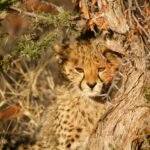Big cats, which include species like lions, tigers, leopards, and jaguars, are often seen as the charismatic megafauna of their respective regions. Known primarily for their strength and elusive beauty, these apex predators play a critical role in maintaining the balance of ecosystems around the world.
Apex Predators and Their Influence
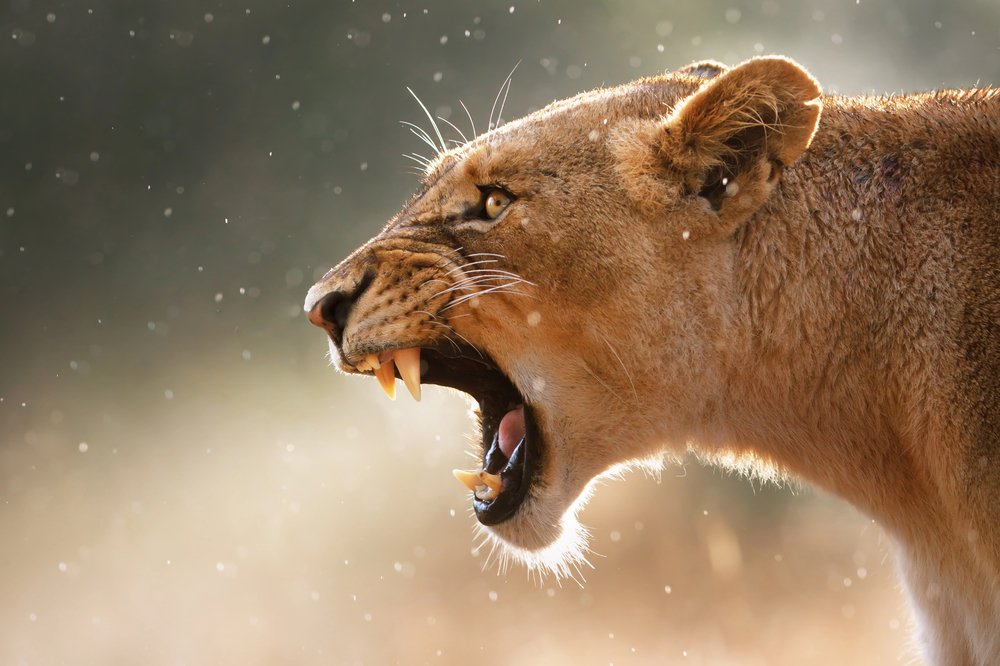
As apex predators, big cats reside at the top of the food chain, nothing preying on them in the wild. This position allows them to influence the population and health of species further down the chain. Through direct predation and indirect ecological effects, they maintain the balance in the ecosystems they inhabit.
Controlling Herbivore Populations
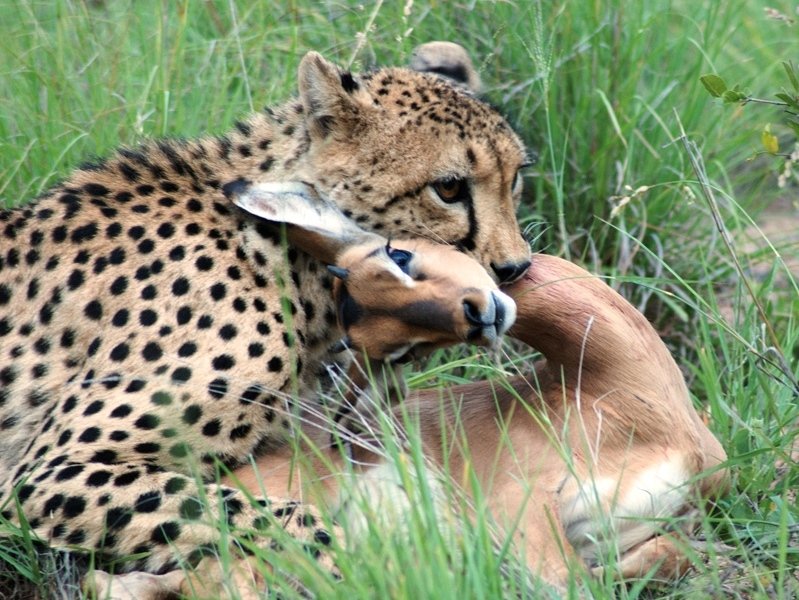
One of the primary roles of big cats is to control herbivore populations. By preying on herbivores such as deer, antelope, and smaller mammals, big cats prevent these populations from growing unchecked. Without this control, herbivore populations can explode, leading to overgrazing and habitat degradation.
Maintaining Biodiversity
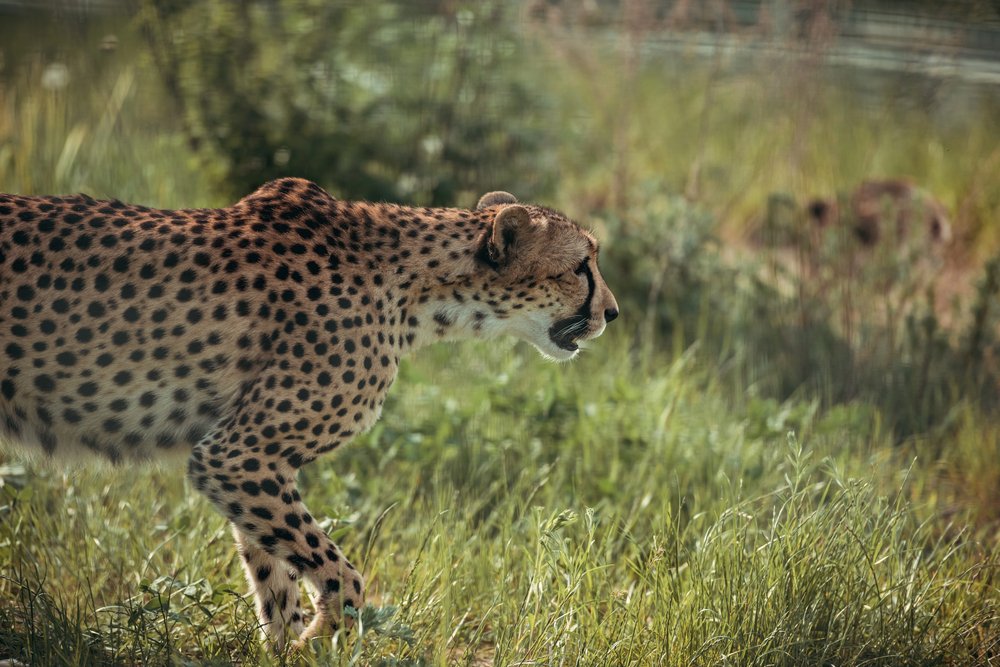
By keeping herbivore populations in check, big cats indirectly support plant diversity in their habitats. Healthy populations of vegetative species are essential for a balanced ecosystem, as they provide food and shelter for a multitude of organisms. Therefore, the presence of big cats helps maintain biodiversity at various trophic levels.
Preserving Genetic Diversity

Big cats often target the weakest or most vulnerable individuals in a population, such as the sick or young. This selective pressure can lead to healthier and more robust herbivore populations, enhancing the genetic diversity within those species. A genetically diverse population is more resilient to diseases and environmental changes.
The Cascading Effects on Ecosystems
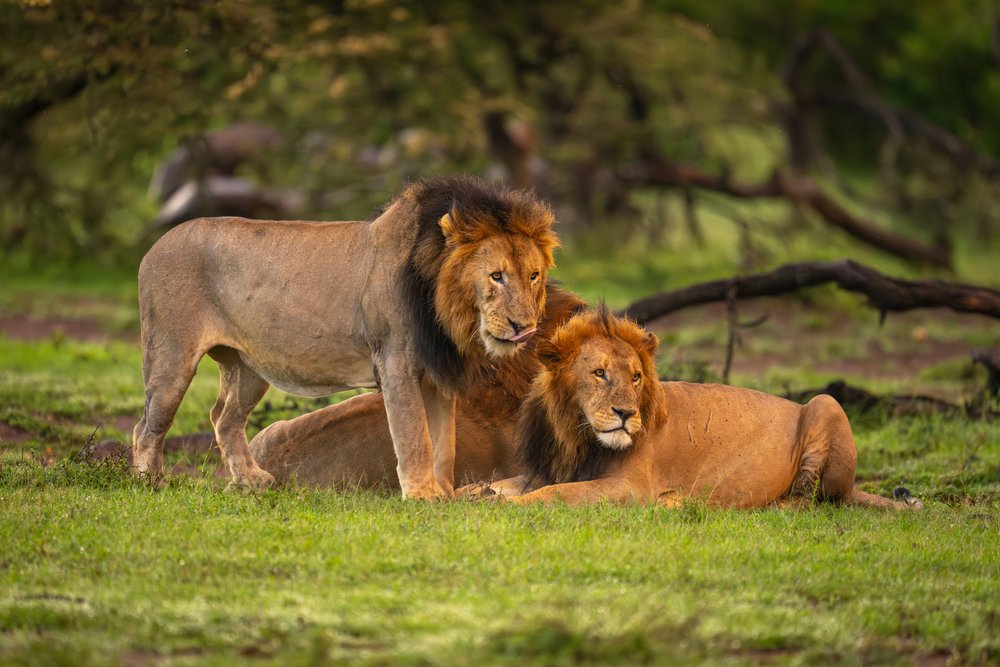
Ecologists describe the downstream effects of predators on an ecosystem as “trophic cascades.” In these cascades, big cats help regulate not only the species they directly prey upon but also species at multiple other levels. This regulation creates a complex web of interactions, leading to healthier and more stable ecosystems.
Interactions with Other Predators
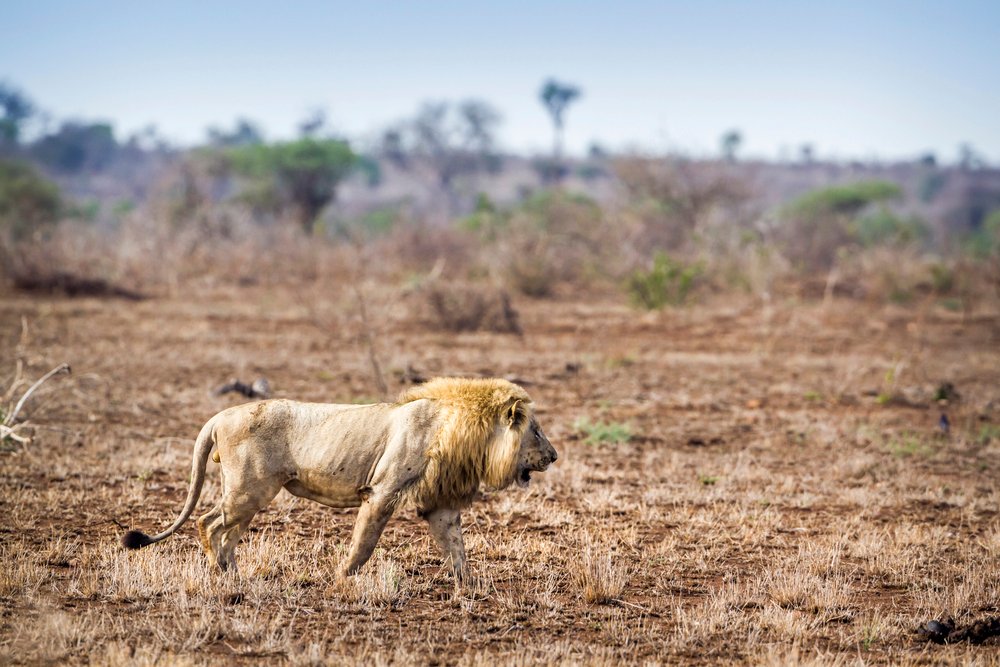
Big cats often coexist with other predators like wolves, hyenas, or bears. The presence of multiple predators in an ecosystem can lead to complex interactions, including competition for food resources. These interactions can significantly influence the behavior and population dynamics of all predator species involved, further maintaining ecosystem balance.
Impact on Human Activities
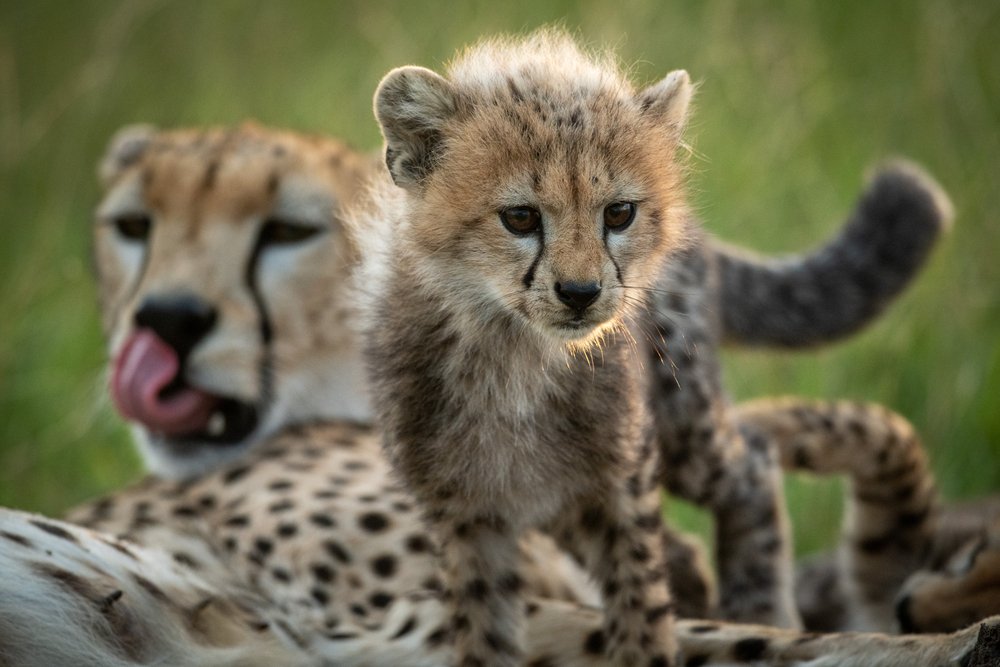
While big cats play critical roles in natural ecosystems, they sometimes come into conflict with human activities, especially in areas where natural habitats overlap with agricultural or urban regions. However, by maintaining ecosystem health, big cats can also promote environments that benefit human needs, such as clean water, fertile soil, and stable climates.
Conservation Efforts and Challenges

Conserving big cat populations is essential but comes with challenges. Habitat destruction, poaching, and climate change are significant threats to their survival. Conservation efforts often include protecting habitats, enforcing anti-poaching laws, and fostering coexistence between human populations and big cat habitats.
The Future of Big Cats and Ecosystem Balance
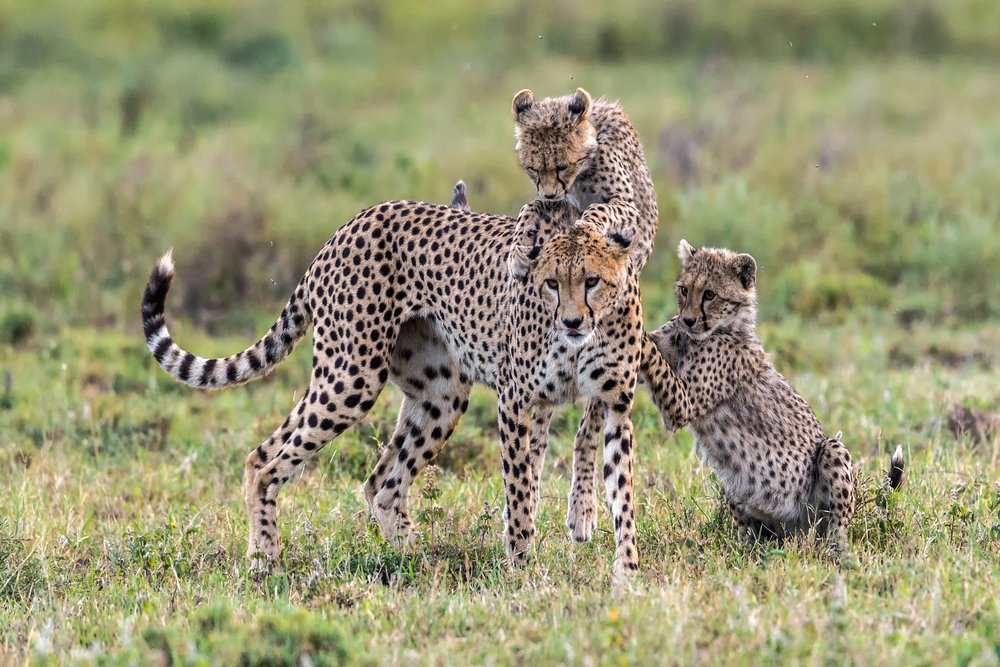
As awareness of the ecological importance of big cats grows, more comprehensive conservation strategies continue to develop. These strategies aim to sustain big cat populations and, in turn, the balance of the ecosystems they regulate. The future of these majestic creatures is intertwined with the health of the planet, making their conservation an issue of global importance.
Big Cats as Ecosystem Architects
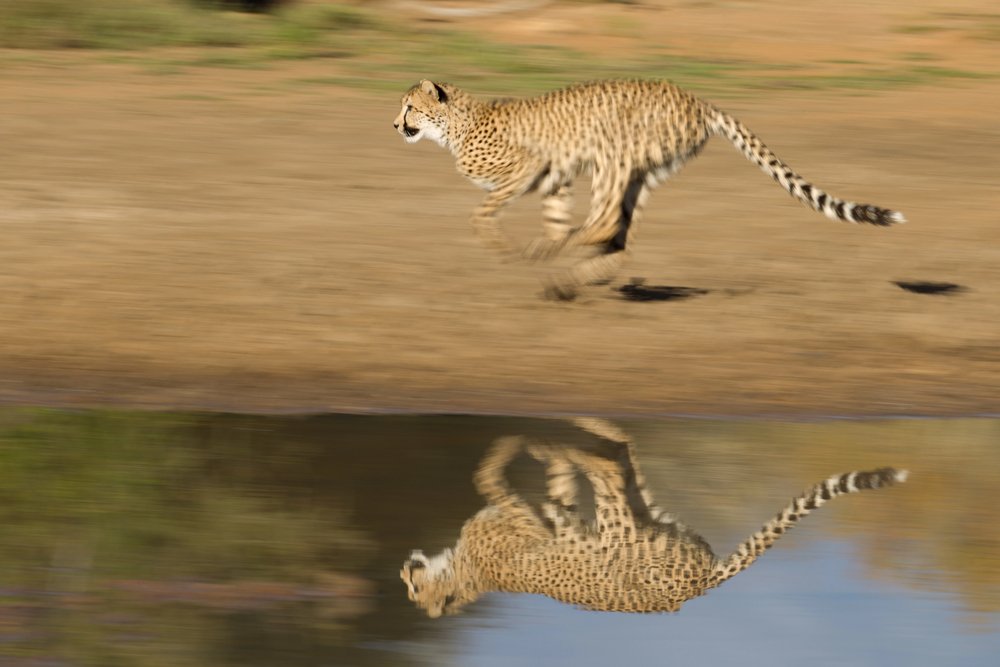
In conclusion, big cats are much more than just fierce predators; they are ecosystem architects. Through their predatory roles and complex ecological interactions, they help maintain stability, support biodiversity, and ensure the health of the environments they inhabit. Their conservation is vital not only for their survival but also for the broader health of the world’s ecosystems.

Growing up traveling and experiencing new cultures and wonders, I have had a passion for nature, adventuring, photography, and videography. I am currently working towards a BSc in Biodiversity and Ecology at Stellenbosch University, and I hope to specialise in Marine Sciences one day.
Please send any feedback to Feedback@animalsaroundtheglobe.com

